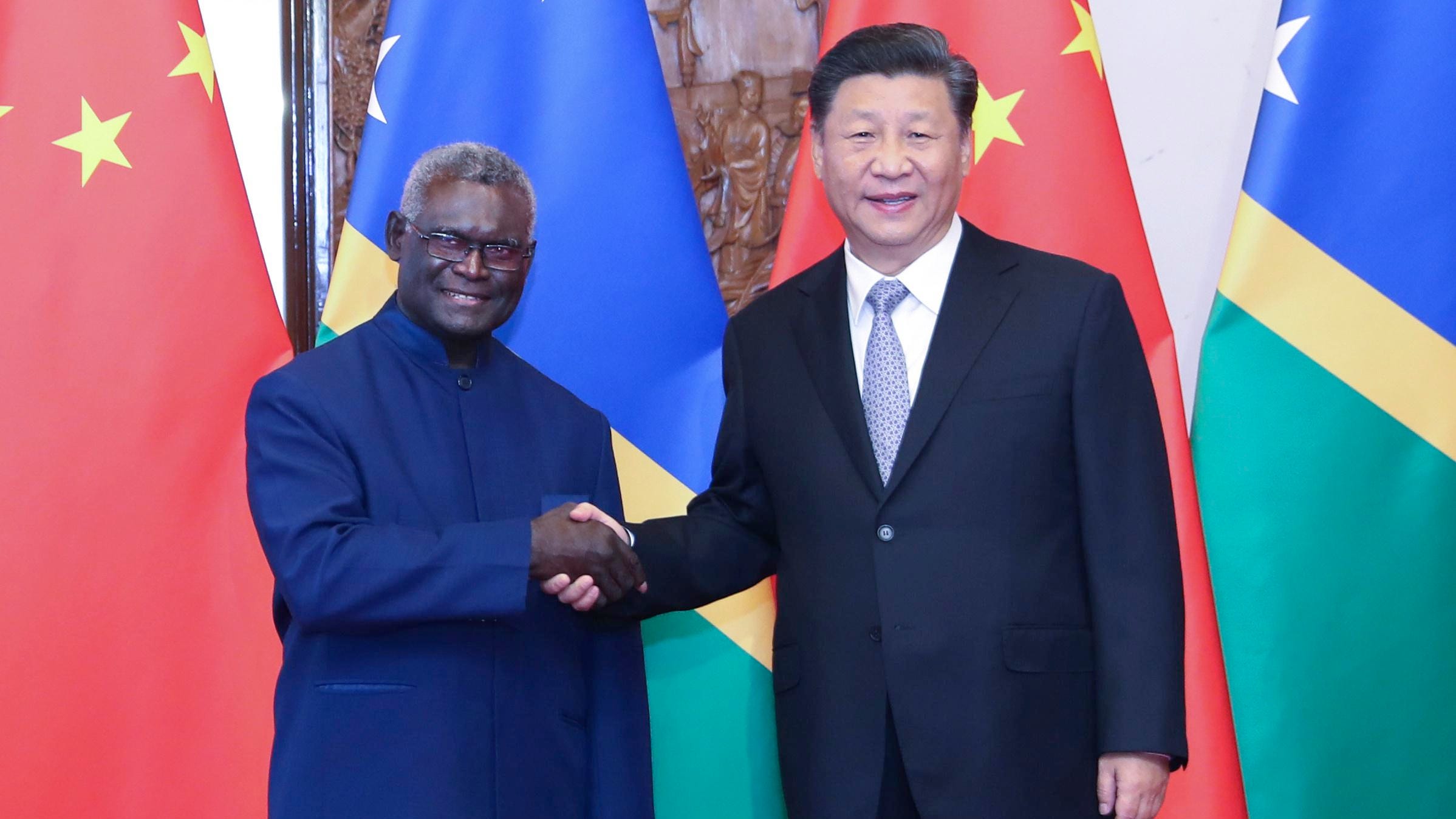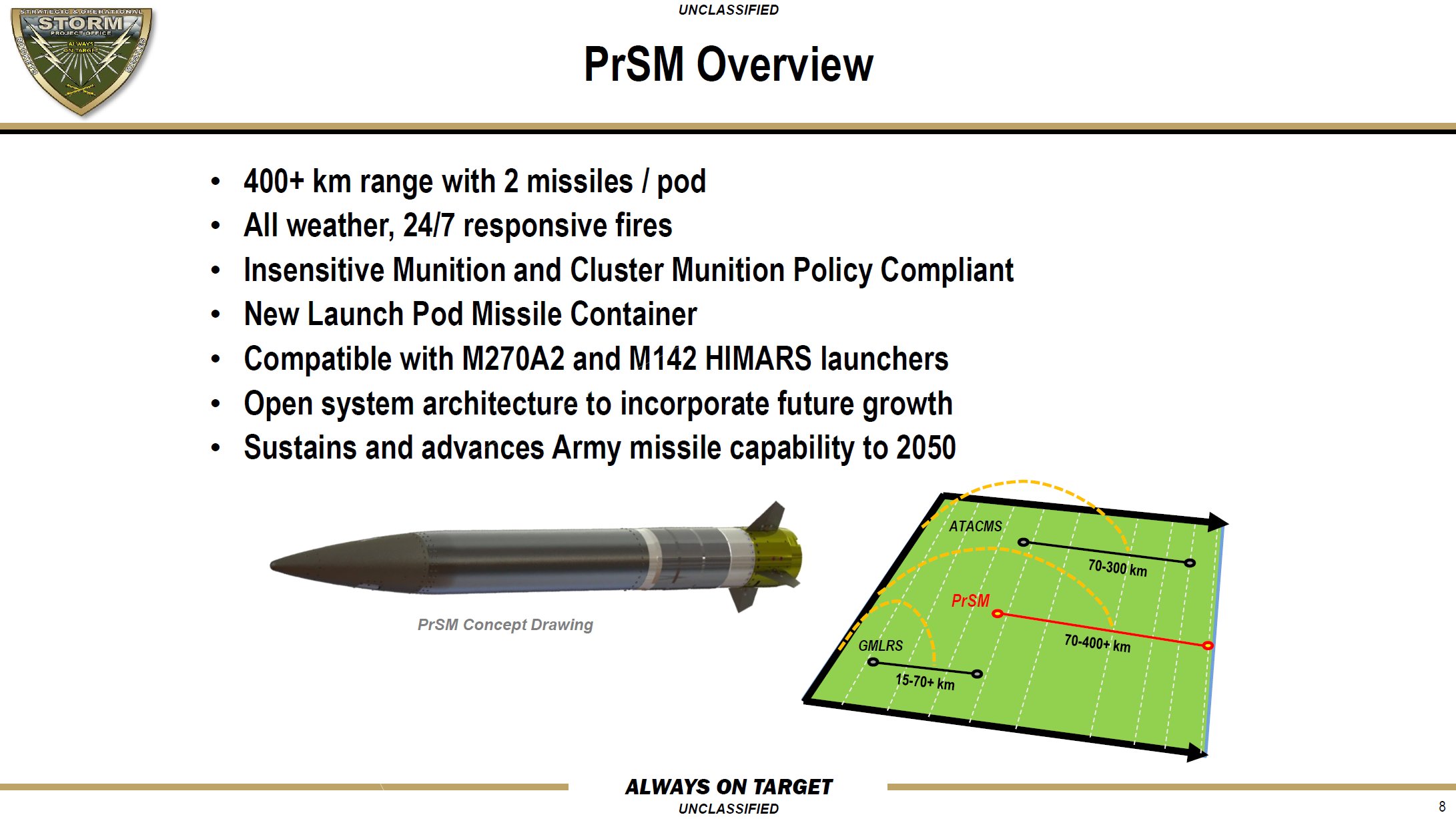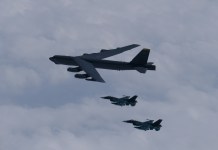As Australia continues to take a more hawkish military approach in the Indo-Pacific region, the Australian military recently examined its defensive posture through “top-secret war-gaming exercises,” which included scenarios like China establishing a military base in a country in the South Pacific.
The exercises, mentioned in a confidential edition of the Australian government’s defense strategy review released last week, revealed that the country’s army would have trouble responding to some plausible and precise scenarios, The Sydney Morning Herald reported.
Australia’s long-awaited Defense Strategic Review, intended to establish a strategy to offset China’s dominance in the Indo-Pacific region, was released by Australia’s defense minister in April.
The 110-page paper recommends significant changes to the Australian Defense Force’s organizational structure to combat contemporary and emerging challenges.
According to sources familiar with the classified version of the government’s defense strategic review, former defense chief Angus Houston and former defense minister Stephen Smith requested in-depth analyses from specialists within the Defense Department about specific scenarios that could drag Australia into war and destabilize the Indo-Pacific.
For instance, some security specialists examined several potential outcomes in-depth, including a conflict between the United States and China over Taiwan and Beijing establishing a military post in the Solomon Islands, which are close to Australia.

The assessment concludes that the current balance of power in the South Pacific would be altered entirely if China established a foothold on the Solomon Islands or Vanuatu, which are only 2,000 kilometers away from the Australian mainland. Beijing has courted both countries in recent times.
One source familiar with the review told the Sydney Morning Herald, “The message was, ‘You’re f—ed.'” Last summer, China inked a wide-ranging security pact with the Solomon Islands, triggering concerns that a Chinese naval military base may soon crop up close to Australia.
Although the government of Solomon Islands has reassured the international community against such concerns, China has continued to expand its influence in the South Pacific region by making inroads into the Pacific Island Countries (PICs) that Canberra considers its backyard and also its traditional stronghold.
Besides Chinese military presence in the South Pacific, security experts also analyzed the situation where a military conflict broke out between the US and China over Taiwan. This is significant as several military experts worldwide have cautioned that a conflict between the two superpowers was a real possibility.

However, in March, Australian defense minister Richard Marles asserted that his country had not guaranteed the United States that it would stand behind its ally in any future conflict involving Taiwan in exchange for American nuclear-powered submarines.
Four prominent Australian defense experts recently cautioned in a series of interviews with the Australian Broadcasting Corporation that a war between the United States and China over Taiwan would “probably be the biggest and most disruptive war the world has seen since 1945” as it would quickly turn into a full-scale regional maritime war.
A host of wargame simulations centered around China’s possible invasion of Taiwan and a conflict with the US have been conducted by US-based think tanks and defense experts.
The overarching theme of these simulations is that the US might be able to thwart the occupation of Taiwan, but it would come at a humongous military cost and equipment losses.
The defense review concluded that the Australian Defense Force is “not fully fit for purpose.” It recommended an effective strategy and force reorganization to address “radically different” strategic circumstances and “the return of major power strategic competition.”
How Will Australia Deter China?
“Australia’s army must be transformed and optimized for littoral maneuver operations by sea, land, and air from Australia, with enhanced long-range fires,” the unclassified version of the strategic review stated.
According to analysts, Australia’s defense strategy has changed notably due to worries about China’s growing military might and aspirations. This became most evident with the country’s purchase of US Virginia-class submarines and its plans to build new AUKUS submarines at an astronomical cost.
According to the strategic review, the army, in particular, required an overhaul and a new emphasis on amphibious operations akin to those of the US Marine Corps. The Defense of Australia doctrine, which the military has followed for the previous 50 years, also has to adapt to create a more cohesive force that can react to risks that are changing quickly.
The evaluation discusses the necessity of fortifying Australia’s aviation bases and safeguarding fuel supplies against attack from the country’s North for the first time. There are no hardened defense facilities at the moment.

The strategic review also suggests that the government should support plans to co-develop and buy the American-made Precision Strike Missile and increase efforts to acquire long-range precision strike weapons, including the newly announced plan to buy the American-made High Mobility Artillery Rocket System.
With the purchase of the Precision Strike Missile, the Australian military’s projectile armaments range will rise from 40 to 300 kilometers to over 500 kilometers. According to the defense ministry, Australia will also pursue domestic long-range missile production.

The report recommended that the military hasten the army’s littoral combat maneuver program. It also dwells on acquiring some “crucial capabilities,” including maritime drones, an amphibious-capable combined-arms land system, an enhanced integrated air and missile defense system, and a networked expeditionary air operations capability.
All these plans point towards developing combat capability at sea, likely to deter and possibly combat China. Although Canberra is reluctant to participate directly in a conflict involving China, the security review and the wargame simulations by analysts suggest that the scenario is never entirely off the table for the Pacific state.
The Australian government announced that it “has accepted the review’s recommendation for an inaugural National Defense Strategy in 2024, which will be updated biennially.”
Later, it also announced that it would host the Quad Summit for the first time later this month. China views the Quad grouping as an anti-China clique.
- Contact the author at sakshi.tiwari9555@gmail.com
- Follow EurAsian Times on Google News





